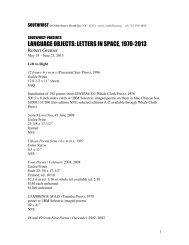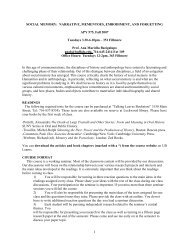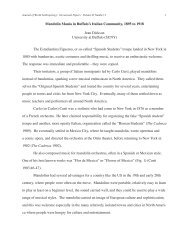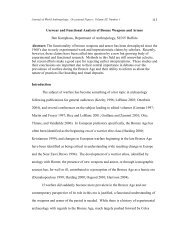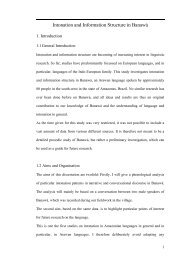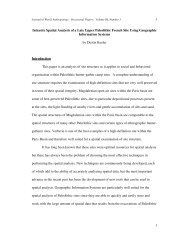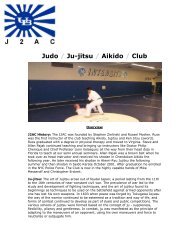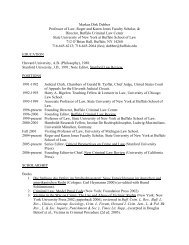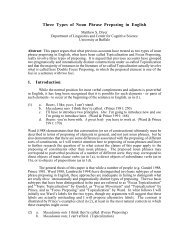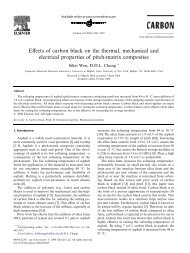Electrophysiological Evidence for Sentence Comprehension - Wings
Electrophysiological Evidence for Sentence Comprehension - Wings
Electrophysiological Evidence for Sentence Comprehension - Wings
You also want an ePaper? Increase the reach of your titles
YUMPU automatically turns print PDFs into web optimized ePapers that Google loves.
5.3. General Discussion<br />
5.3.1. <strong>Sentence</strong> comprehension in adults<br />
The four experiments on adult Croatian speakers show that syntactic processing is not a<br />
unique process. It can be dissociated to other, more elementary processes that contribute<br />
to the building of the sentence structure and its interpretation. In this study this<br />
dissociation is defined in terms of the Role and Reference Grammar. According to this<br />
linguistic theory it is claimed that the elements of the operator projection are ‘quite<br />
different from predicates and their arguments’ (Van Valin, LaPolla, 1997:40).<br />
<strong>Electrophysiological</strong> results confirm this claim corroborating the idea that this linguistic<br />
theory can be taken as a processing model, as well. However, as the obtained results<br />
reveal, the electrophysiological trace of processing the data represented on the operator<br />
projection does not reveal a new syntax-related component, but indicates processes that<br />
are related to the integration of a part of sentence meaning, i.e. the point in time at which<br />
the action occurs (the difference can be characterized as a difference within a component,<br />
as the label N400’ suggests. This label emphasizes the functional side of the obtained<br />
component, i.e. semantic processing). It can be suggested that in order to explain these<br />
results, RRG - taken as a processing model - should be extended with another kind of<br />
syntax-to-semantics mapping in which elements of the operator projection would be<br />
mapped into a set of relations defined by philosophical logic (Van Benthem, 2002), as<br />
suggested above. In other words, it is not just the argument structure that is reconstructed<br />
in the sentence comprehension, but also temporal or spatial relations, speaker’s beliefs or<br />
probability of the action described in a sentence. A prediction can be made: in languages<br />
144




